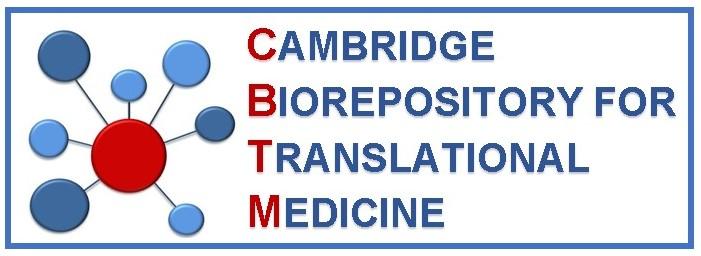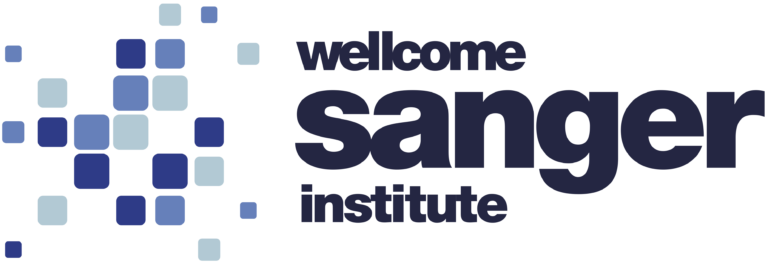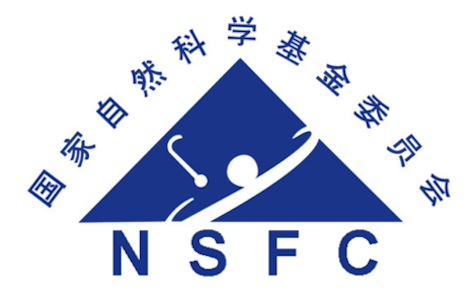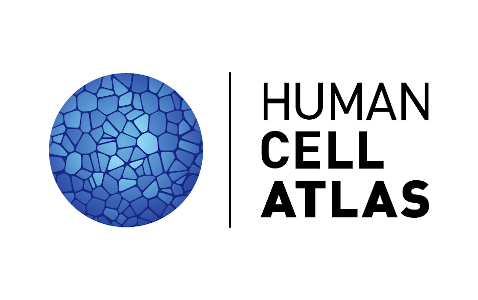Summary

Created using BioRender.com.
This study aims to characterize the diversity of cell types in human skeletal muscle across age using two complementary technologies: single-cell and single-nucleus sequencing, which provide a comprehensive coverage of cell types in the muscle. We leveraged the aforementioned datasets to study change in cell type composition and gene expression between young (n= 8, approx. 20-40 yrs) and old (n = 9, approx. 60-80 yrs) adults, highlighting changes in the major skeletal muscle compartments, muscle stem cells, myofiber and muscle microenvironment including stromal, immune and vascular cell types. Additionally, we generated a complementary mouse muscle aging dataset by profiling hindlimb muscles from young (n = 5, 3 months) versus old mice (n = 3, 19 months), using single-cell and single-nucleus sequencing for comparison.








